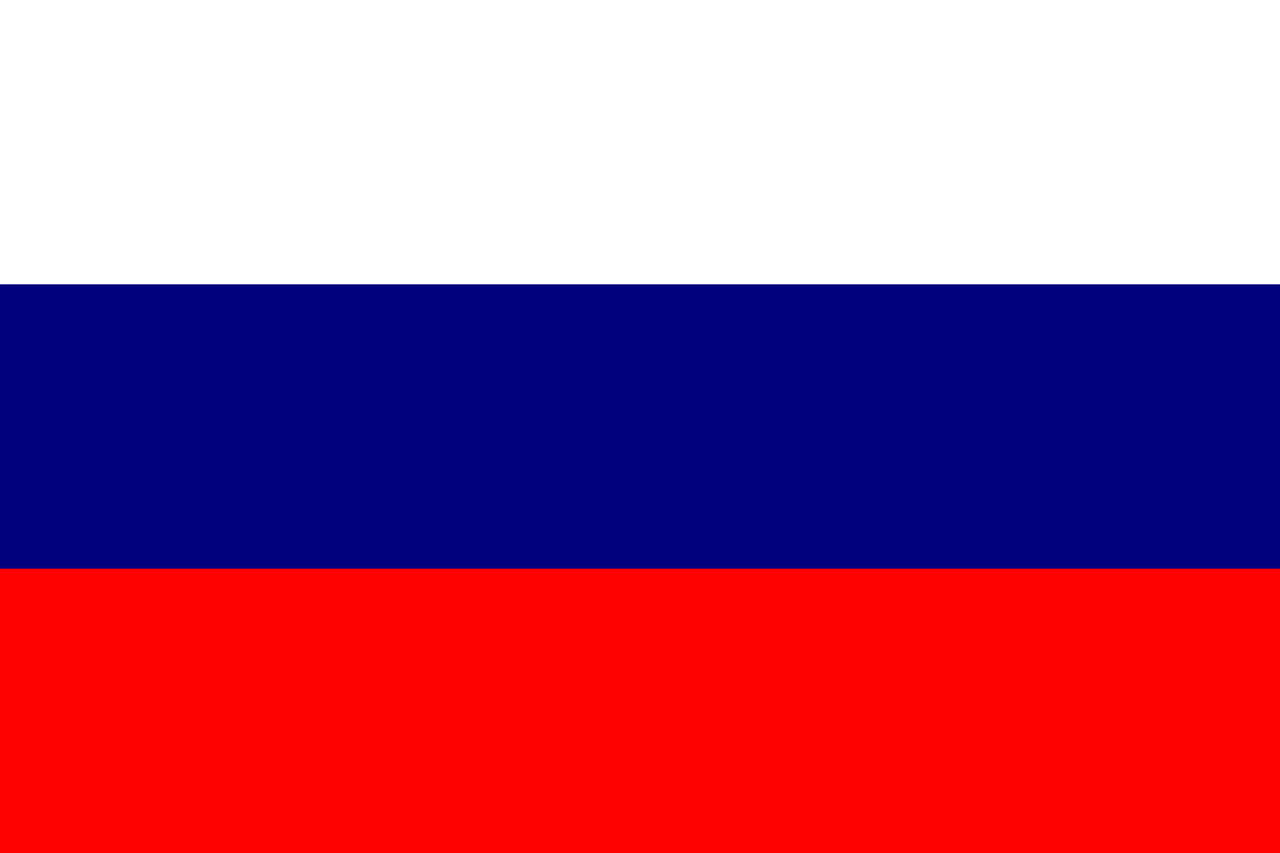
403
Sorry!!
Error! We're sorry, but the page you were
looking for doesn't exist.
Russia interduces ‘Doomsday drone’
(MENAFN) Russia has unveiled a new unmanned aerial vehicle (UAV) designed for critical operations in a nuclear conflict. The drone, named ‘Khrust’—which translates to ‘Crunch’ in English—has been developed to perform reconnaissance and monitoring tasks in environments affected by nuclear fallout, according to Dmitry Kuzyakin, Director of the Center for Comprehensive Unmanned Solutions.
In an interview with TASS on Saturday, Kuzyakin described the Khrust as a versatile tool equipped for assessing radiation levels and ensuring safety in contaminated areas. The drone is designed for high maneuverability, capable of navigating through complex environments while carrying sensors to detect toxic substances and measure radiation.
The Khrust UAV can remain airborne for up to 20 minutes during active operations. It operates within a range of 500 meters to 2 kilometers, depending on the level of contamination. This flexibility allows it to be used for various tasks, including monitoring contamination levels along routes and analyzing the effects of nuclear strikes on both urban and rural areas.
The drone can be rapidly deployed within 30 seconds and is operable from sealed vehicles, making it a practical solution for assessing nuclear impact on-the-go. While Russia already has UAVs that perform radiological, chemical, and biological reconnaissance, Kuzyakin pointed out that these existing models are costly and slower to deploy. The Khrust aims to provide a more immediate and cost-effective solution for urgent assessments in the aftermath of nuclear incidents.
In an interview with TASS on Saturday, Kuzyakin described the Khrust as a versatile tool equipped for assessing radiation levels and ensuring safety in contaminated areas. The drone is designed for high maneuverability, capable of navigating through complex environments while carrying sensors to detect toxic substances and measure radiation.
The Khrust UAV can remain airborne for up to 20 minutes during active operations. It operates within a range of 500 meters to 2 kilometers, depending on the level of contamination. This flexibility allows it to be used for various tasks, including monitoring contamination levels along routes and analyzing the effects of nuclear strikes on both urban and rural areas.
The drone can be rapidly deployed within 30 seconds and is operable from sealed vehicles, making it a practical solution for assessing nuclear impact on-the-go. While Russia already has UAVs that perform radiological, chemical, and biological reconnaissance, Kuzyakin pointed out that these existing models are costly and slower to deploy. The Khrust aims to provide a more immediate and cost-effective solution for urgent assessments in the aftermath of nuclear incidents.

Legal Disclaimer:
MENAFN provides the information “as is” without warranty of any kind. We do not accept any responsibility or liability for the accuracy, content, images, videos, licenses, completeness, legality, or reliability of the information contained in this article. If you have any complaints or copyright issues related to this article, kindly contact the provider above.






















Comments
No comment